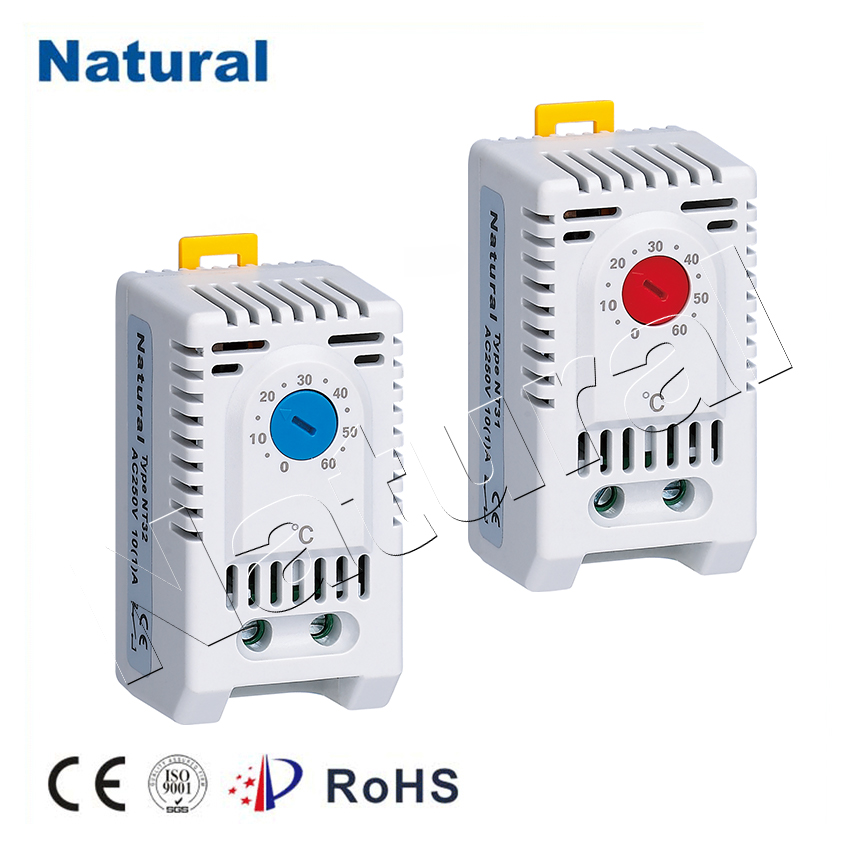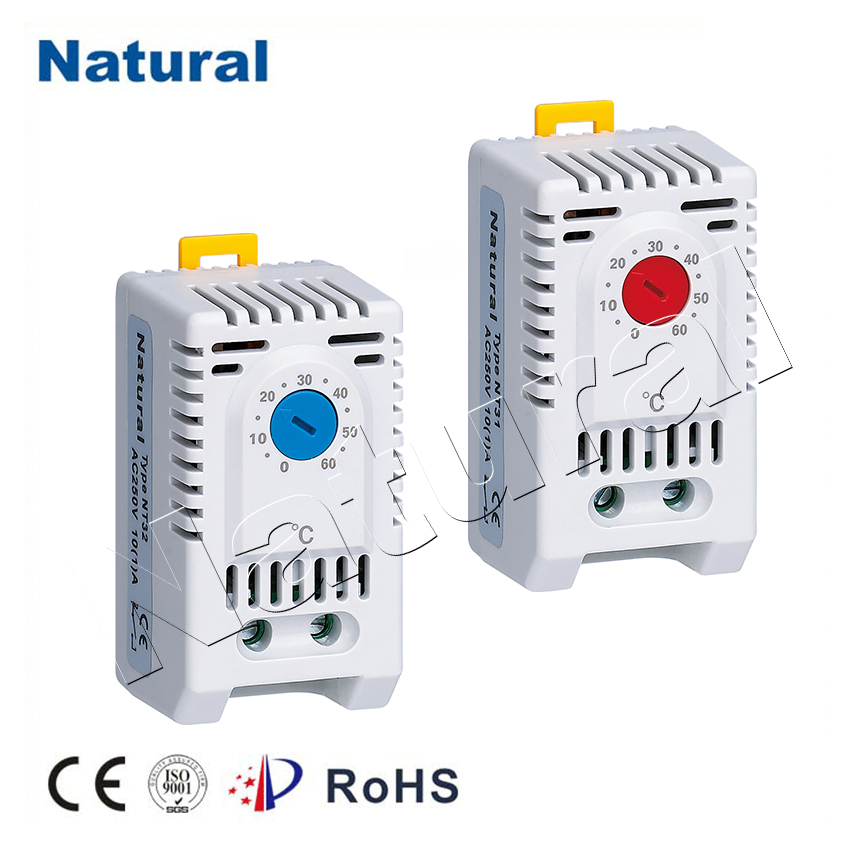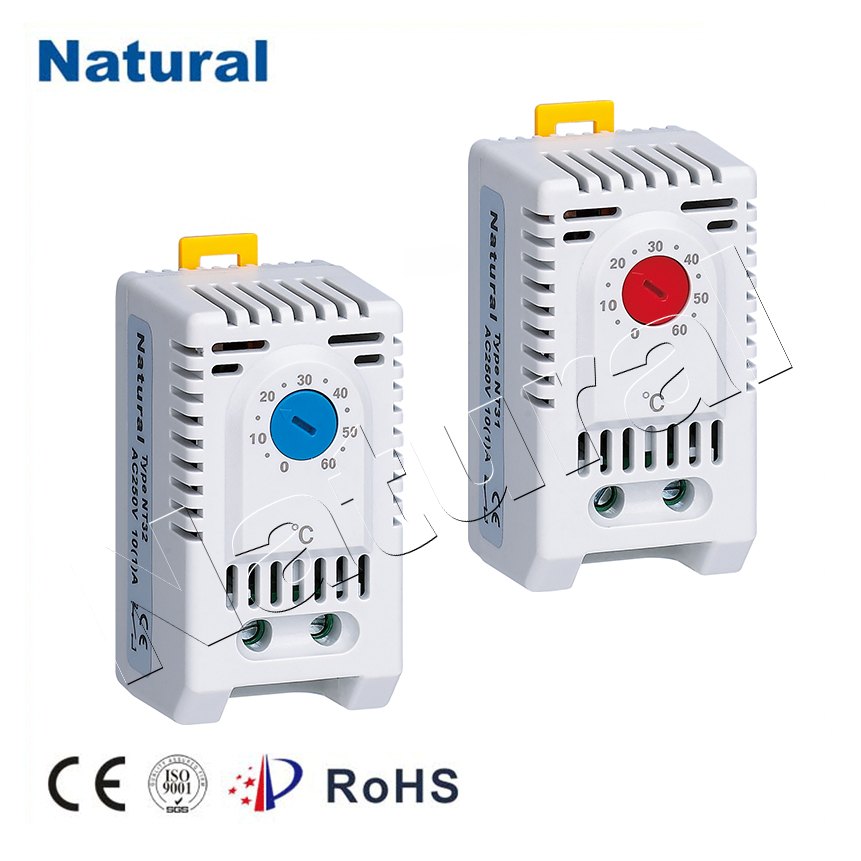In modern industrial settings, maintaining optimal temperature conditions is crucial for the safe and efficient operation of machinery and processes. Among the various devices designed for this purpose, DIN rail temperature controllers stand out for their reliability, ease of installation, and versatility. This article delves into the importance, functionality, and applications of DIN rail temperature controllers while highlighting their advantages in various industries.

What is a DIN Rail Temperature Controller?

A DIN rail temperature controller is a compact electronic device mounted on standard DIN rails, commonly used in industrial environments for controlling temperature in heating, cooling, and refrigeration applications. These controllers take input from temperature sensors—such as thermocouples or RTDs—and compare it to the desired setpoint. Based on this comparison, they regulate output signals to control heating elements, cooling units, or fans, thereby maintaining the desired temperature. Key Features and Functions Compact Design: The DIN rail design allows for easy installation in control panels amongst other electrical components. Their compact form factor ensures that they occupy minimal space, making them ideal for crowded industrial environments.
